The world of big cats is one filled with awe and wonder, capturing the imagination of countless animal lovers around the globe. However, the reality is that many of these majestic creatures are now facing the terrifying threat of extinction. Human activities, habitat loss, and climate change pose significant challenges to the survival of these magnificent species. Let’s embark on a journey to discover five big cats that are perilously close to disappearing forever. Through understanding their plight, we might find the inspiration to save them.
1. The Elusive Amur Leopard
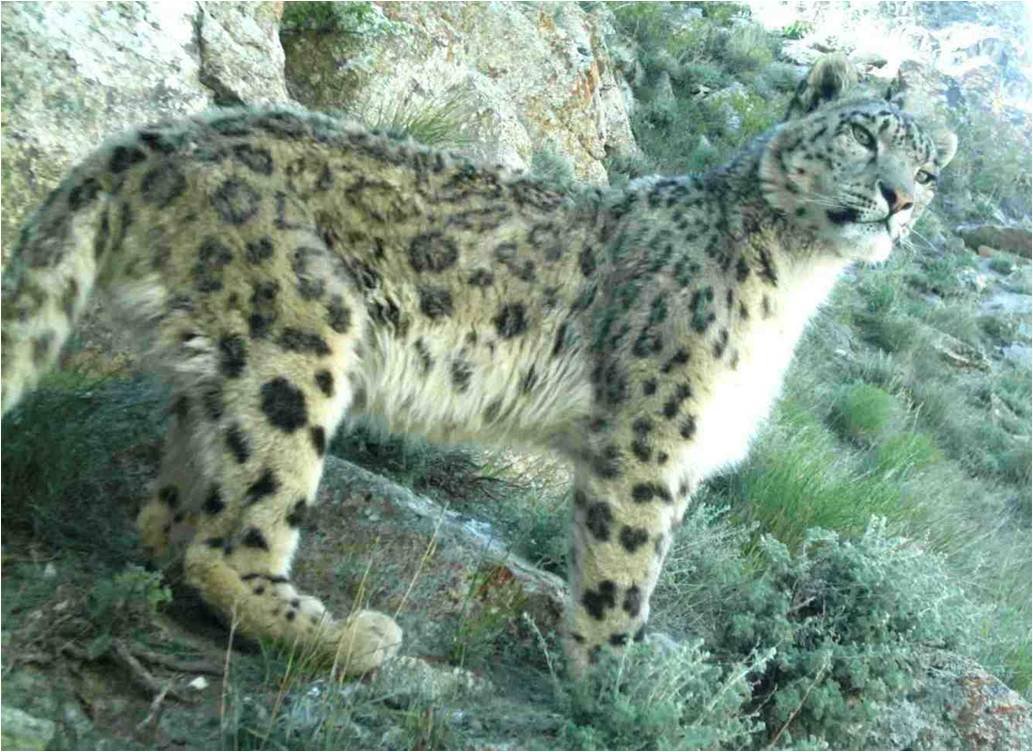
The Amur leopard, with its strikingly beautiful coat and piercing gaze, is one of the rarest big cats on the planet. Found primarily in Russia’s Far East, this solitary feline has seen its population dwindle to critical levels. Factors such as poaching for its fur and loss of habitat due to logging and human settlement have had devastating impacts. The Amur leopard’s ability to adapt to cold environments is remarkable, yet it remains on the brink. Conservation efforts are underway, with designated protected areas and anti-poaching initiatives providing a glimmer of hope. These efforts strive to give this elusive predator a fighting chance to roam freely once more.
2. The Majestic Sumatran Tiger
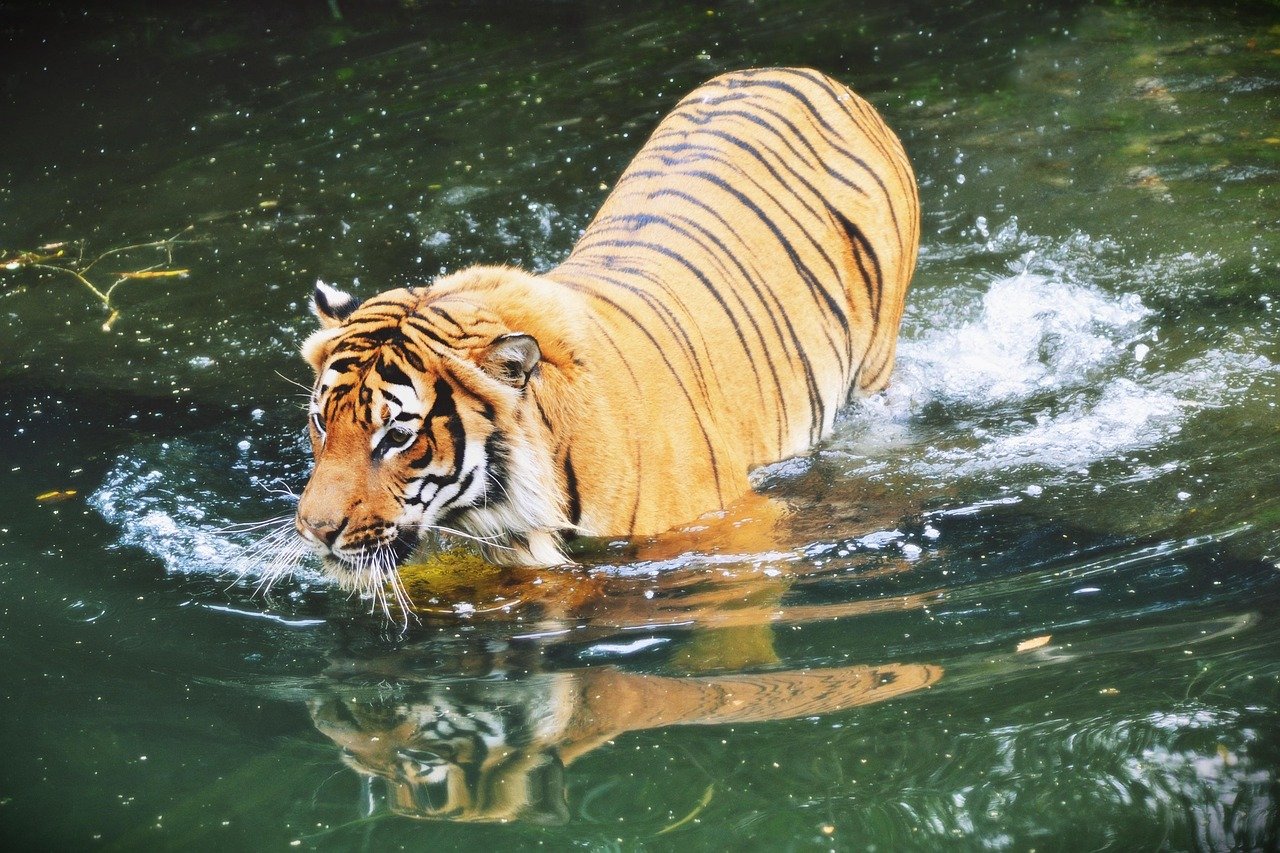
The Sumatran tiger, native to the Indonesian island of Sumatra, is the smallest of the tiger subspecies. Its lush, tropical habitat is rapidly shrinking due to deforestation and agricultural expansion, leaving these cats with fewer places to call home. Poaching remains a significant threat, as tiger parts are highly valued in illegal wildlife trade. Conservationists are working tirelessly to protect the remaining Sumatran tigers, implementing measures to curb poaching and preserve their natural habitat. Despite the challenges, the resilience of the Sumatran tiger inspires hope for its continued survival.
3. The Enigmatic Snow Leopard
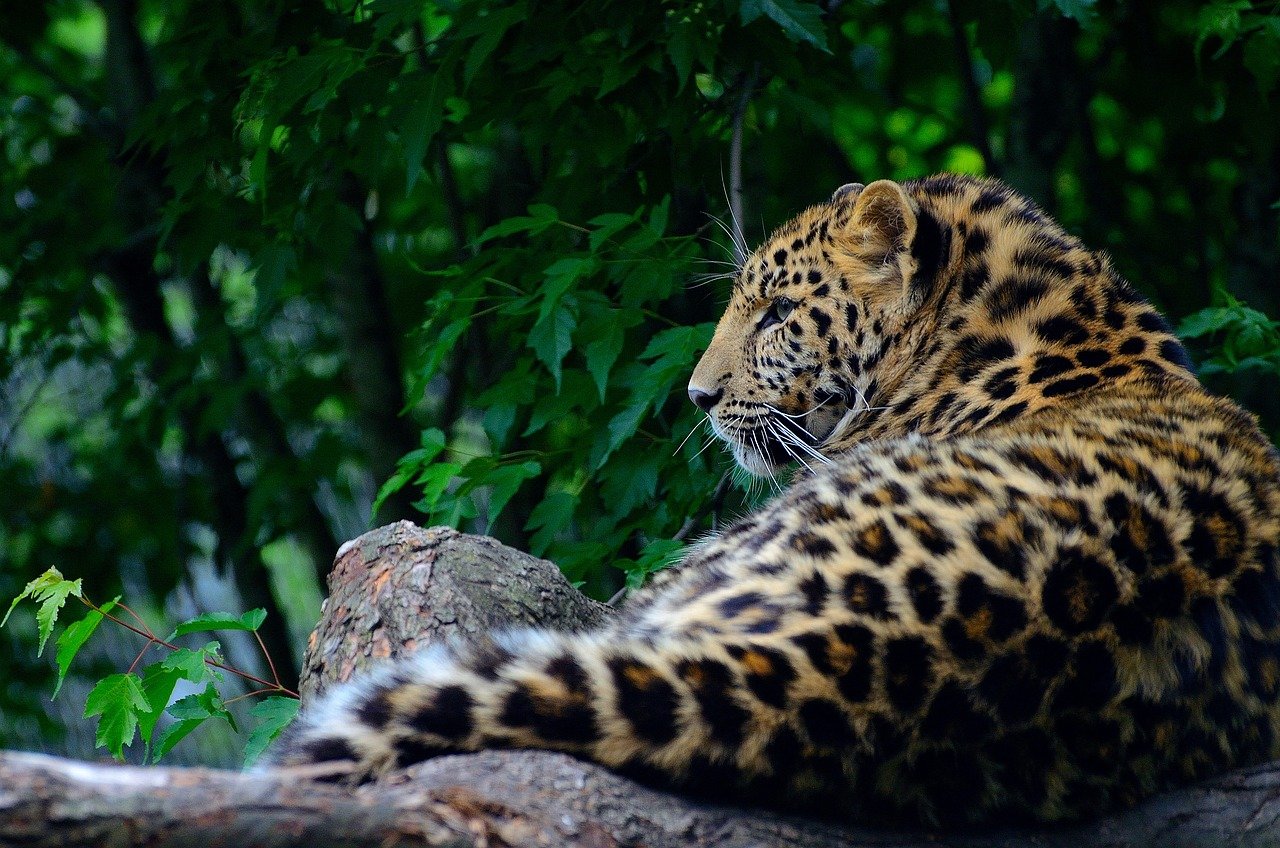
High up in the rugged mountains of Central Asia, the snow leopard roams the icy terrains with grace and stealth. Known for its thick, warm fur and long, bushy tail, this big cat is perfectly adapted to its harsh environment. Yet, the snow leopard faces an uncertain future. Poaching, climate change, and retaliatory killings by herders pose serious threats to its existence. Efforts to engage local communities in conservation initiatives are crucial in the battle to save the snow leopard. By fostering coexistence and understanding, we can ensure that the ghost of the mountains continues to thrive.
4. The Powerful Indochinese Tiger
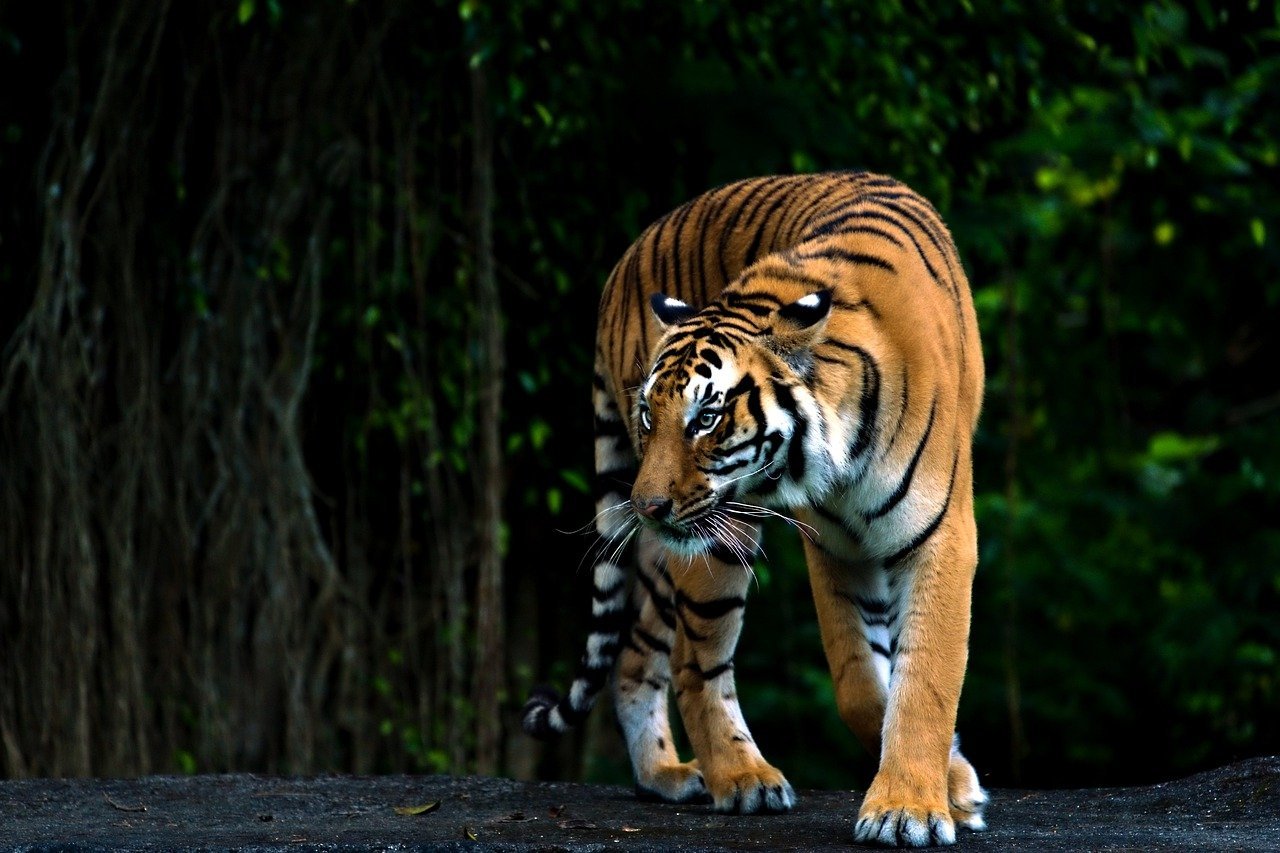
The Indochinese tiger, once widespread across Southeast Asia, now clings to survival in fragmented populations. Habitat loss due to agricultural development and infrastructure projects has severely impacted its numbers. Additionally, poaching for traditional medicine and illegal wildlife markets continues to threaten these majestic cats. Collaborative conservation programs are focusing on habitat restoration and anti-poaching efforts to safeguard the remaining Indochinese tigers. The challenge is immense, but the determination to protect this powerful predator remains steadfast.
5. The Unique Iberian Lynx
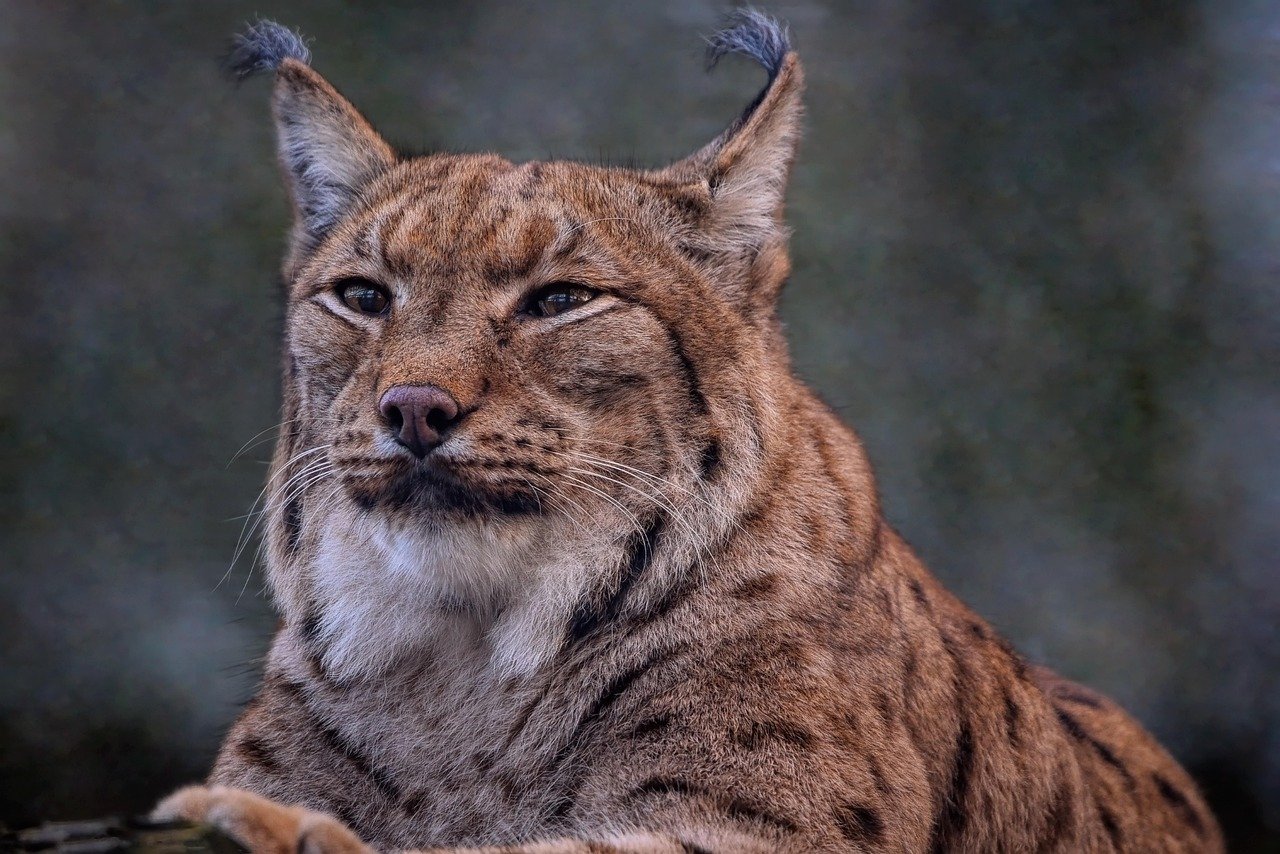
The Iberian lynx, native to the Iberian Peninsula, is one of the world’s most endangered feline species. Its population has been decimated by habitat destruction, road accidents, and a decline in its primary prey, the European rabbit. Conservationists have been working diligently to reverse this trend, implementing breeding programs and habitat restoration projects. These efforts have shown promising results, with the Iberian lynx population slowly beginning to recover. However, continued vigilance and support are essential to ensure the long-term survival of this unique big cat.
The Role of Climate Change
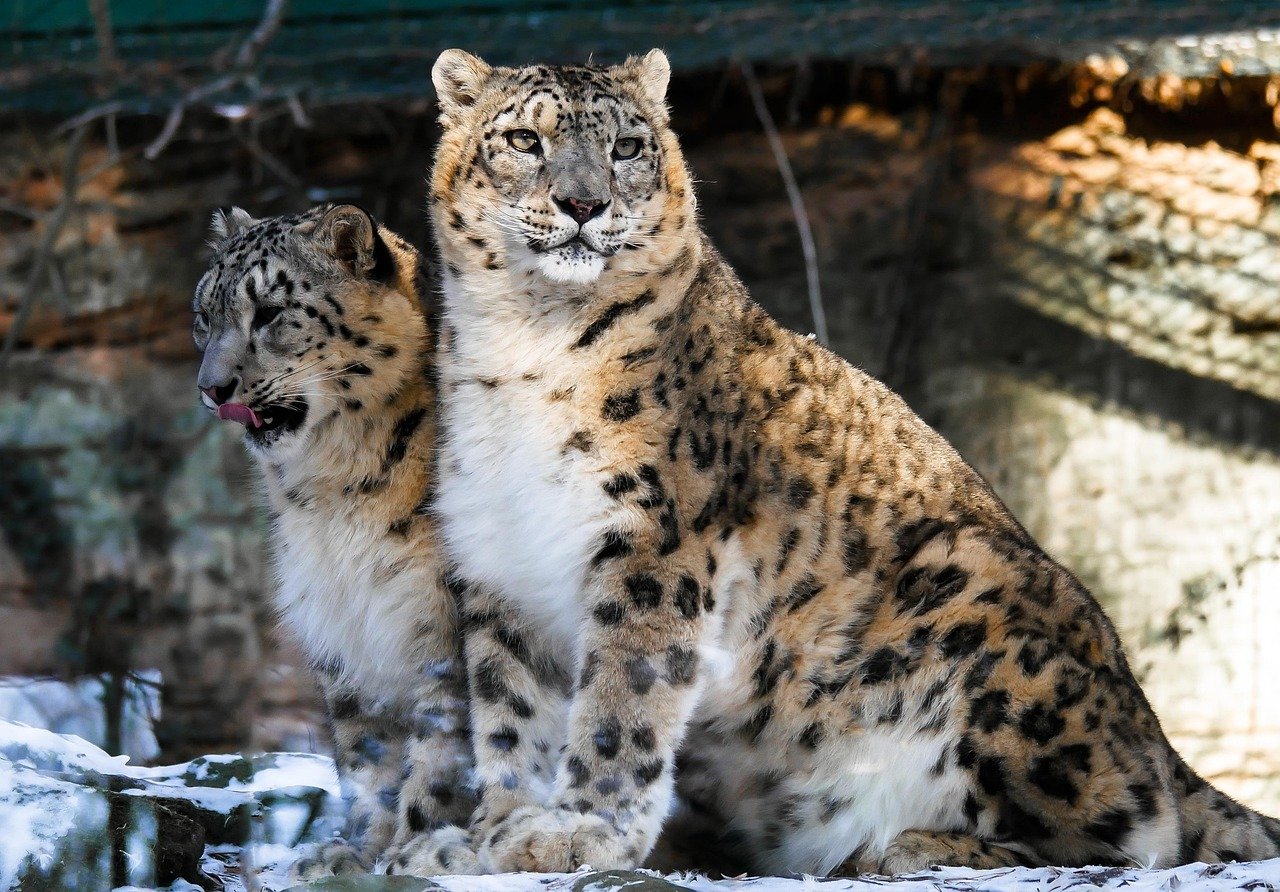
Climate change is an ever-present threat that exacerbates the challenges faced by big cats. Altered weather patterns can lead to habitat loss, reduced prey availability, and increased human-wildlife conflict. As a result, these magnificent creatures are forced to adapt to new and often inhospitable conditions. Understanding the impact of climate change on big cat populations is crucial for developing effective conservation strategies. By addressing the root causes of climate change, we can help mitigate its effects on these vulnerable species.
Community Involvement in Conservation
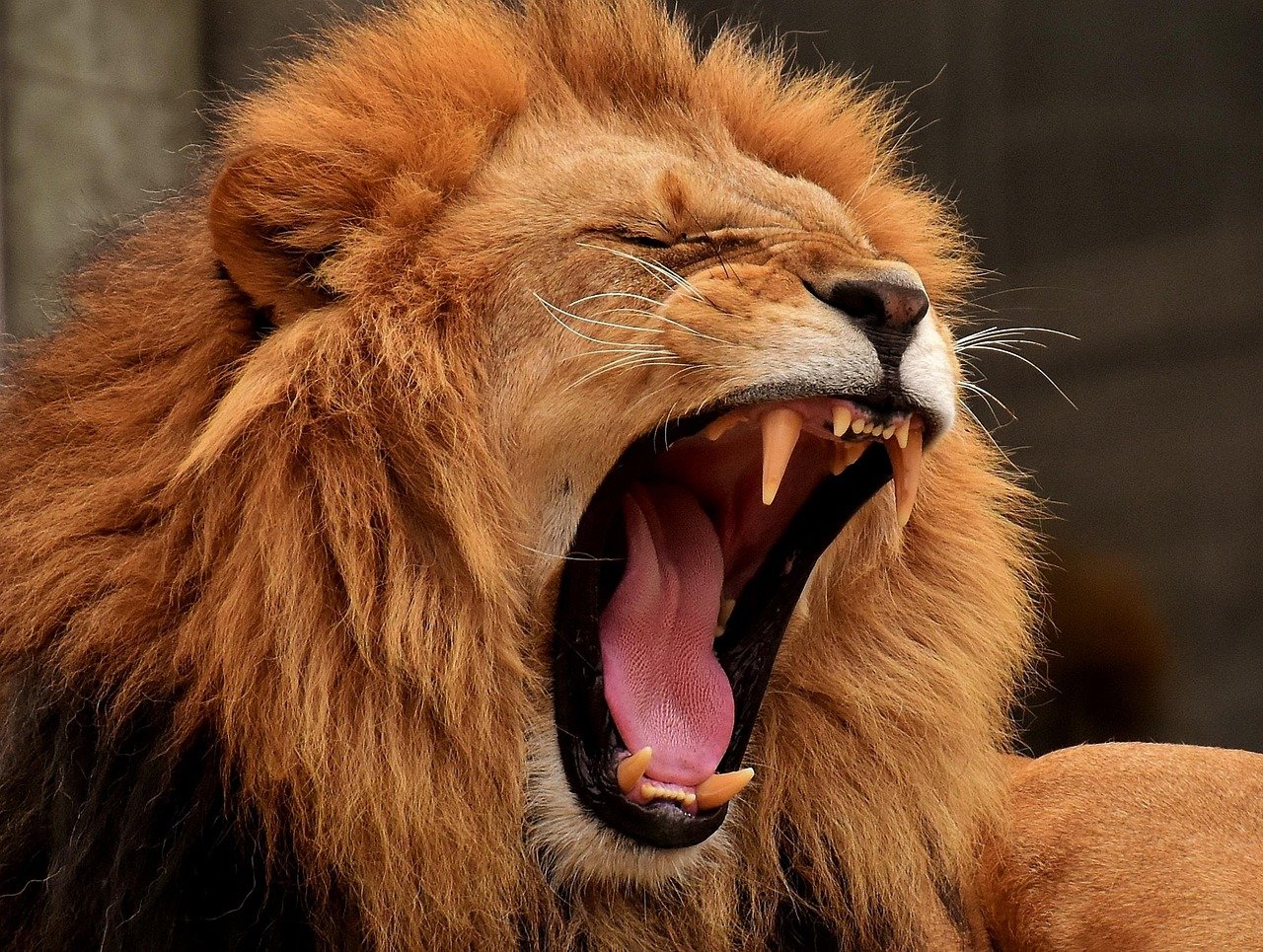
Local communities play a vital role in the conservation of big cats. Engaging and educating people living in close proximity to these animals fosters a sense of stewardship and responsibility. Community-based conservation initiatives, such as eco-tourism and wildlife monitoring programs, provide alternative livelihoods and promote coexistence. By empowering local communities, we can create sustainable solutions that benefit both people and wildlife, ensuring a brighter future for big cats.
The Importance of Protected Areas
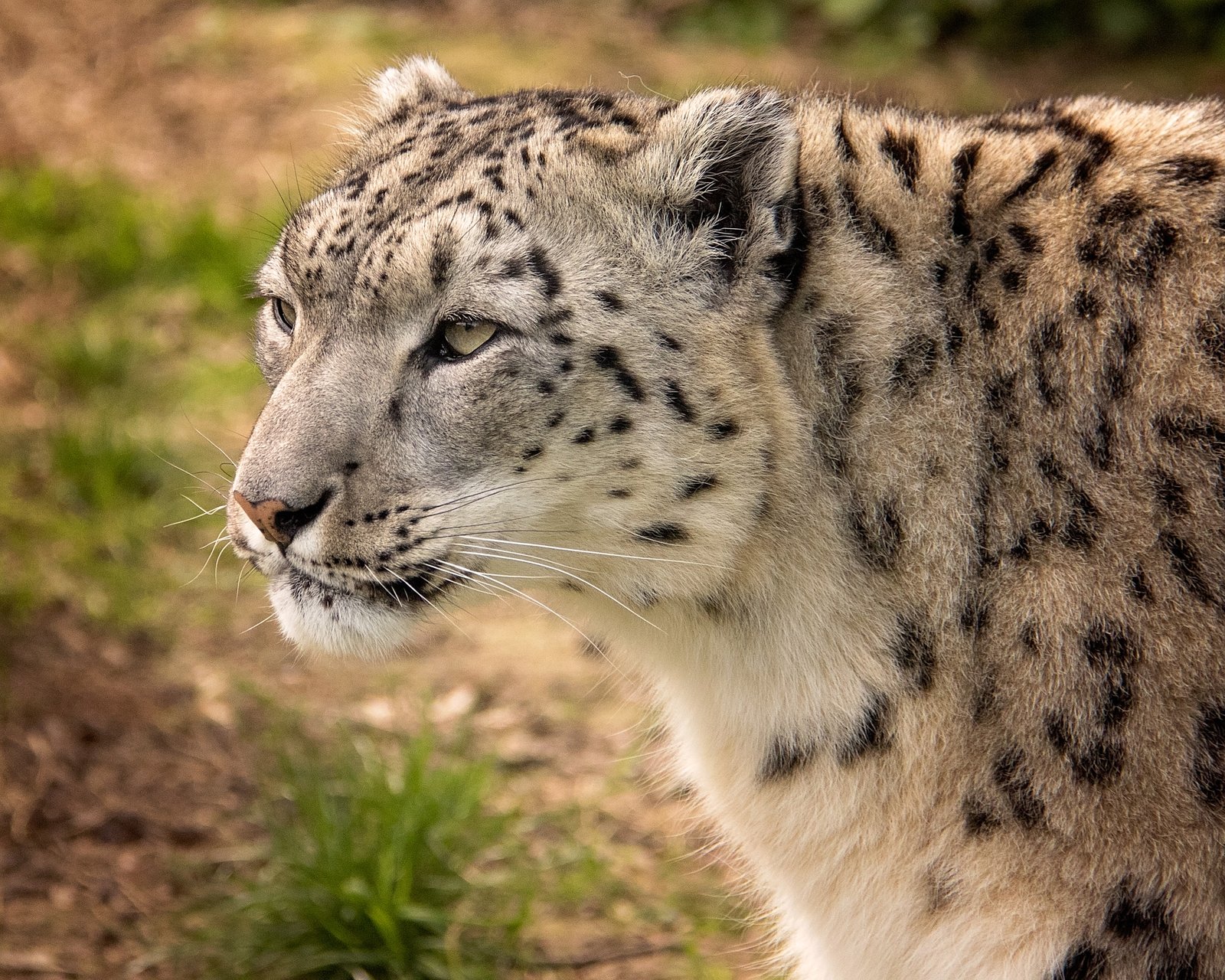
Establishing protected areas is a critical component of big cat conservation. These sanctuaries provide safe havens where big cats can thrive without the threat of human encroachment. Protected areas also serve as important research sites, allowing scientists to study big cat behavior and ecology. By expanding and effectively managing these areas, we can safeguard the habitats that big cats depend on for survival.
International Efforts in Big Cat Conservation
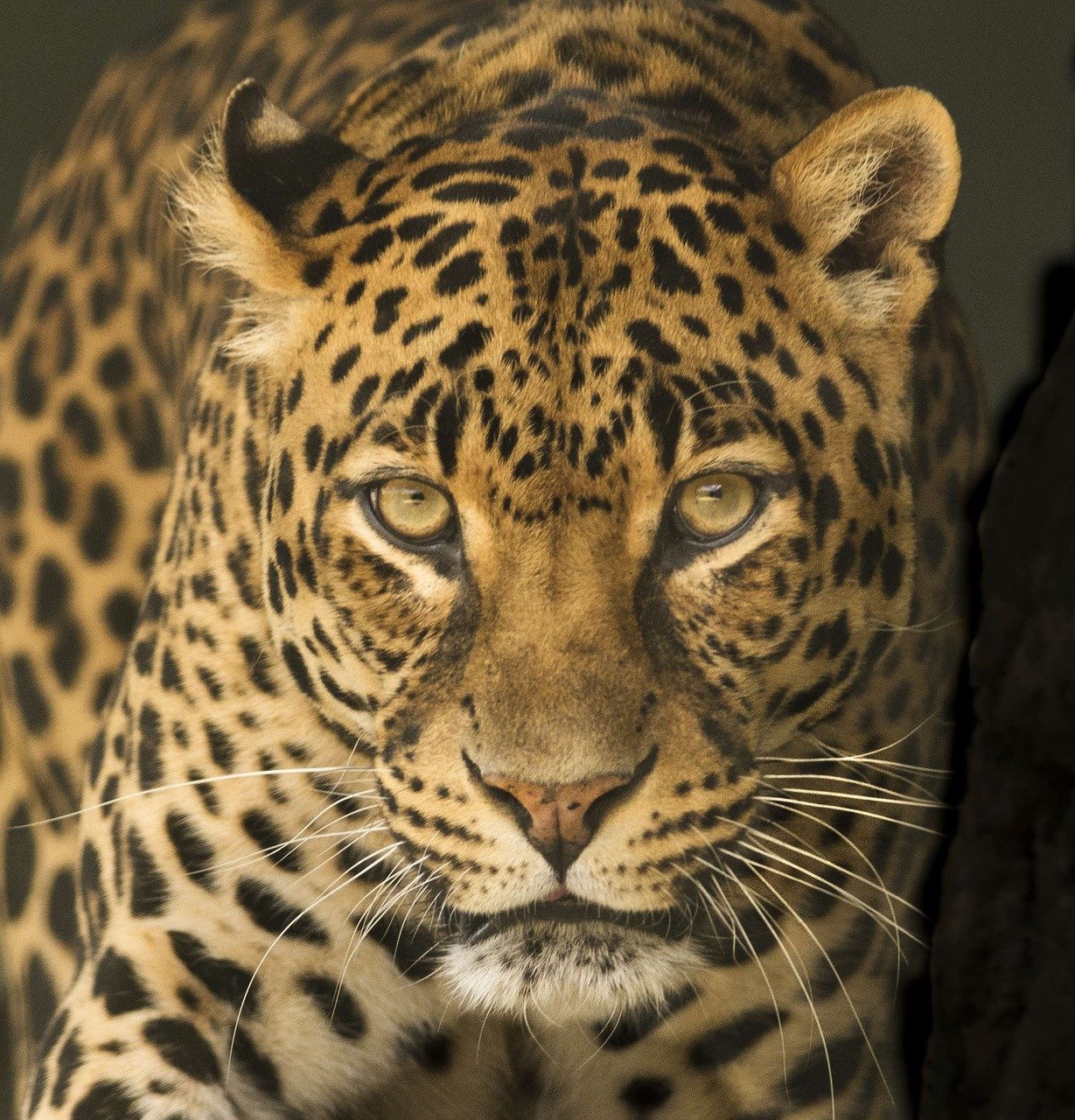
Conserving big cats requires a global effort, as these animals do not recognize political boundaries. International organizations and governments are collaborating to address the threats facing big cats through initiatives such as the Global Tiger Initiative and the Snow Leopard Trust. By sharing resources, knowledge, and expertise, countries can work together to protect these iconic species from extinction.
Technological Advancements in Conservation
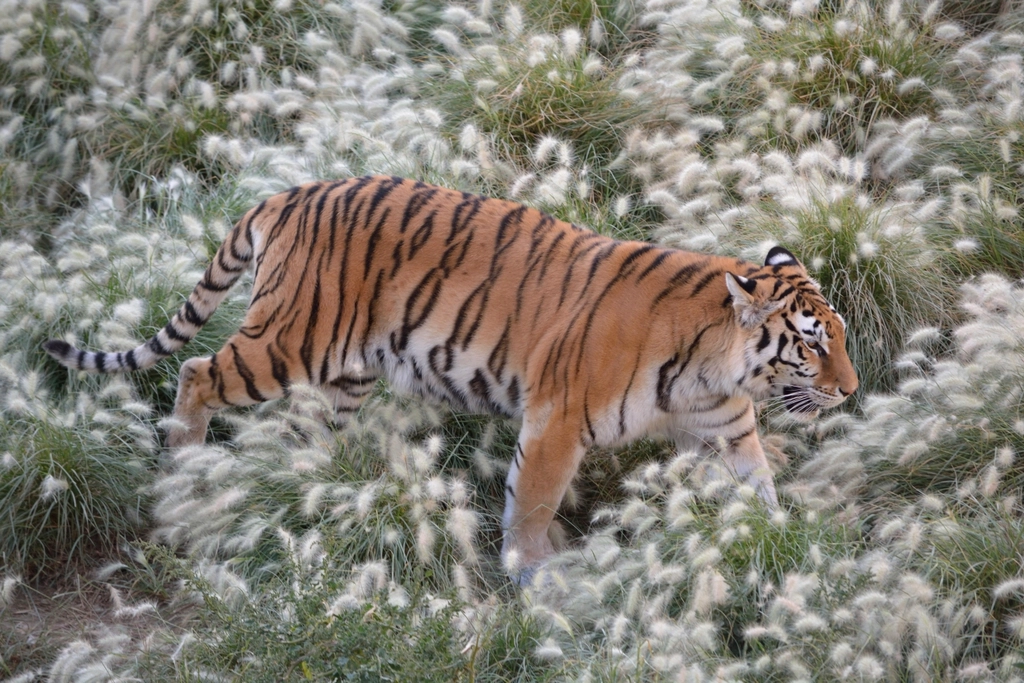
Technology has become an invaluable tool in the fight to save big cats. From satellite tracking to camera traps, technological advancements have revolutionized the way we monitor and study these elusive animals. By employing cutting-edge technology, conservationists can gather crucial data on big cat populations, behavior, and movements. This information is vital for developing targeted conservation strategies and ensuring the long-term survival of big cats.
The Role of Zoos and Sanctuaries
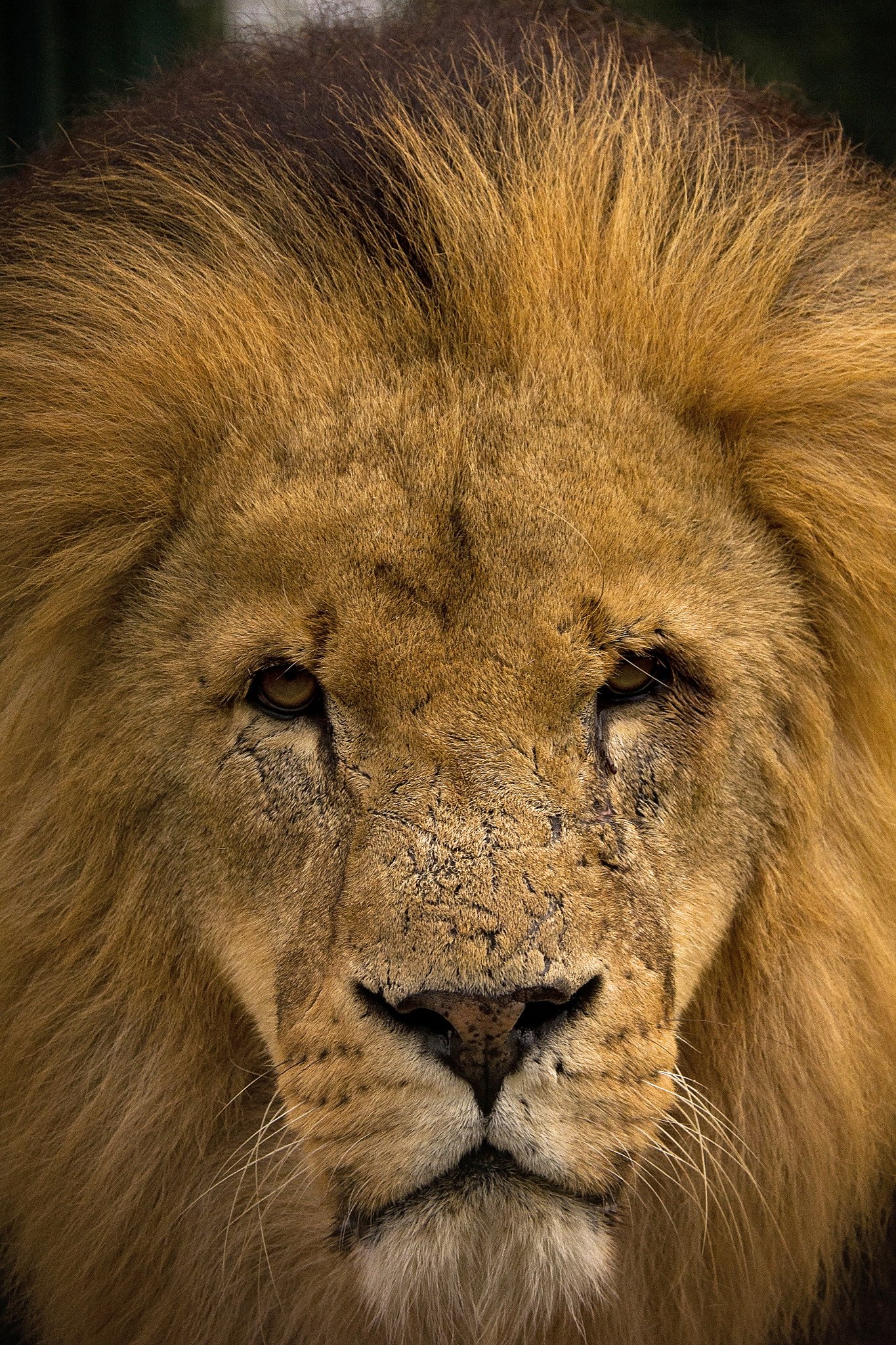
Zoos and sanctuaries play a significant role in big cat conservation by providing safe environments for breeding and rehabilitation. These facilities serve as genetic reservoirs, helping to maintain genetic diversity and prevent inbreeding. Many zoos also participate in conservation programs, raising awareness and funds for big cat protection efforts. By supporting these institutions, we contribute to the broader goal of preserving big cats for future generations.
Addressing Human-Wildlife Conflict

Human-wildlife conflict is a major challenge in big cat conservation, as these animals often come into contact with people and livestock. Implementing conflict mitigation strategies, such as predator-proof enclosures and compensation schemes, can help reduce tensions and foster coexistence. By addressing the root causes of conflict, we can create harmonious relationships between humans and big cats.
The Impact of Illegal Wildlife Trade
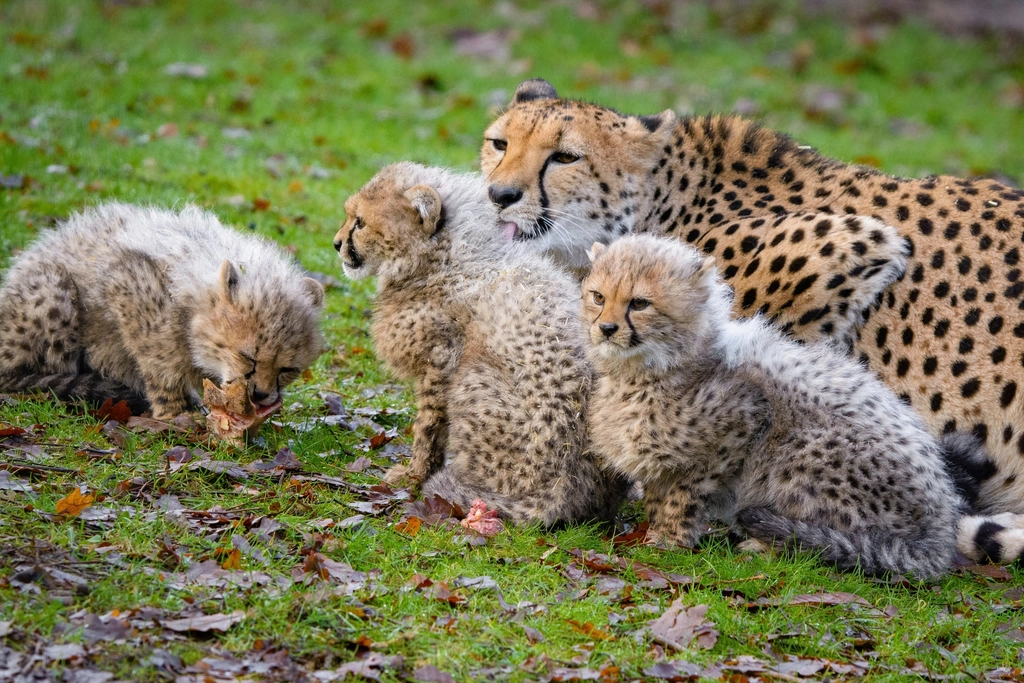
Illegal wildlife trade is a significant threat to big cats, as their body parts are highly sought after for traditional medicine and luxury goods. Efforts to combat this trade include strengthening law enforcement, increasing penalties for poachers, and raising public awareness. By curbing the demand for big cat products, we can help protect these animals from exploitation and ensure their survival in the wild.
Conservation Success Stories
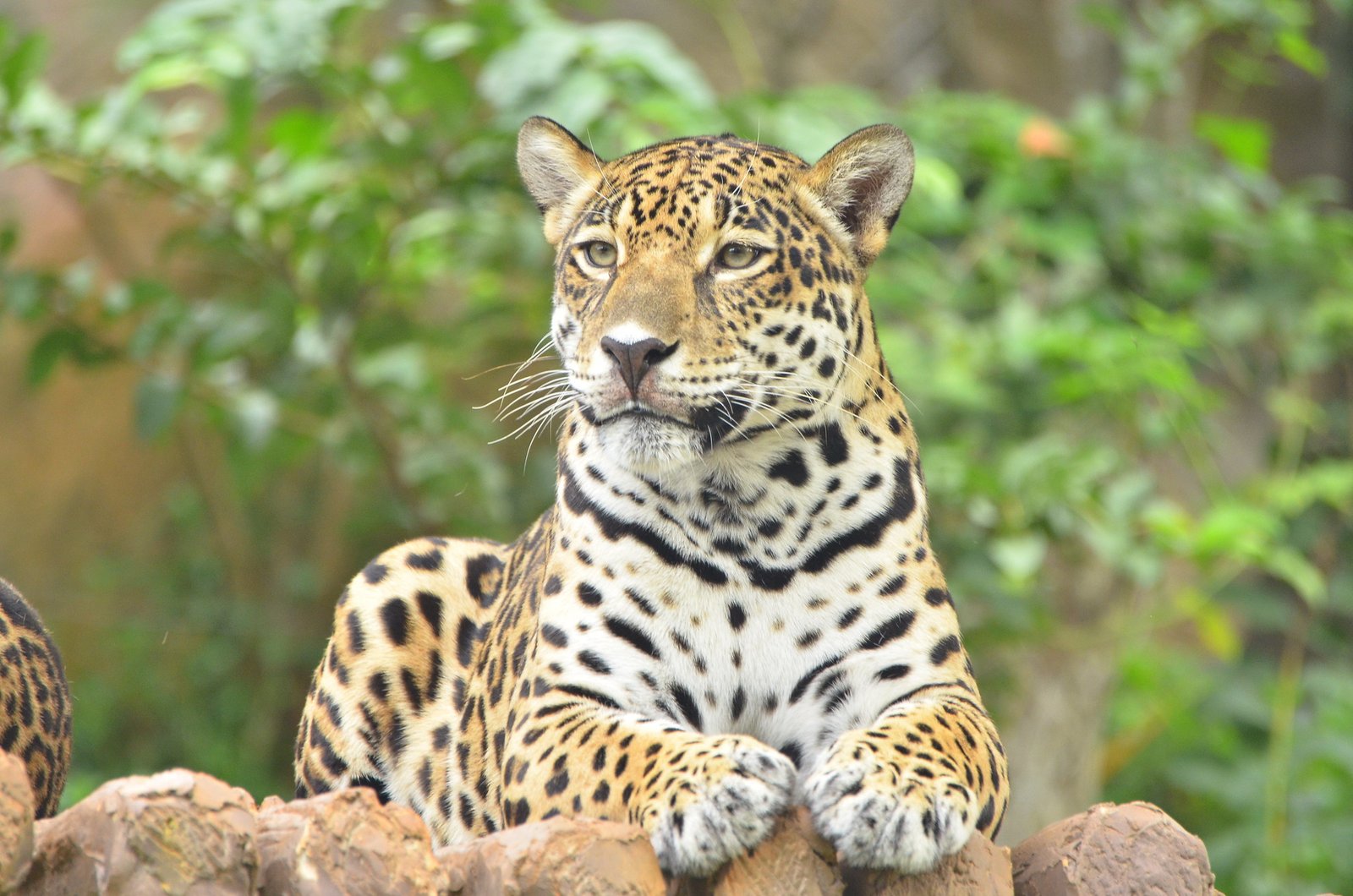
Despite the challenges, there have been notable success stories in big cat conservation. The resurgence of the Iberian lynx and the stabilization of the Amur leopard population are testaments to the power of dedicated conservation efforts. These successes demonstrate that with collaboration, innovation, and perseverance, we can make a difference in the fight to save big cats from extinction.
The Role of Education and Awareness
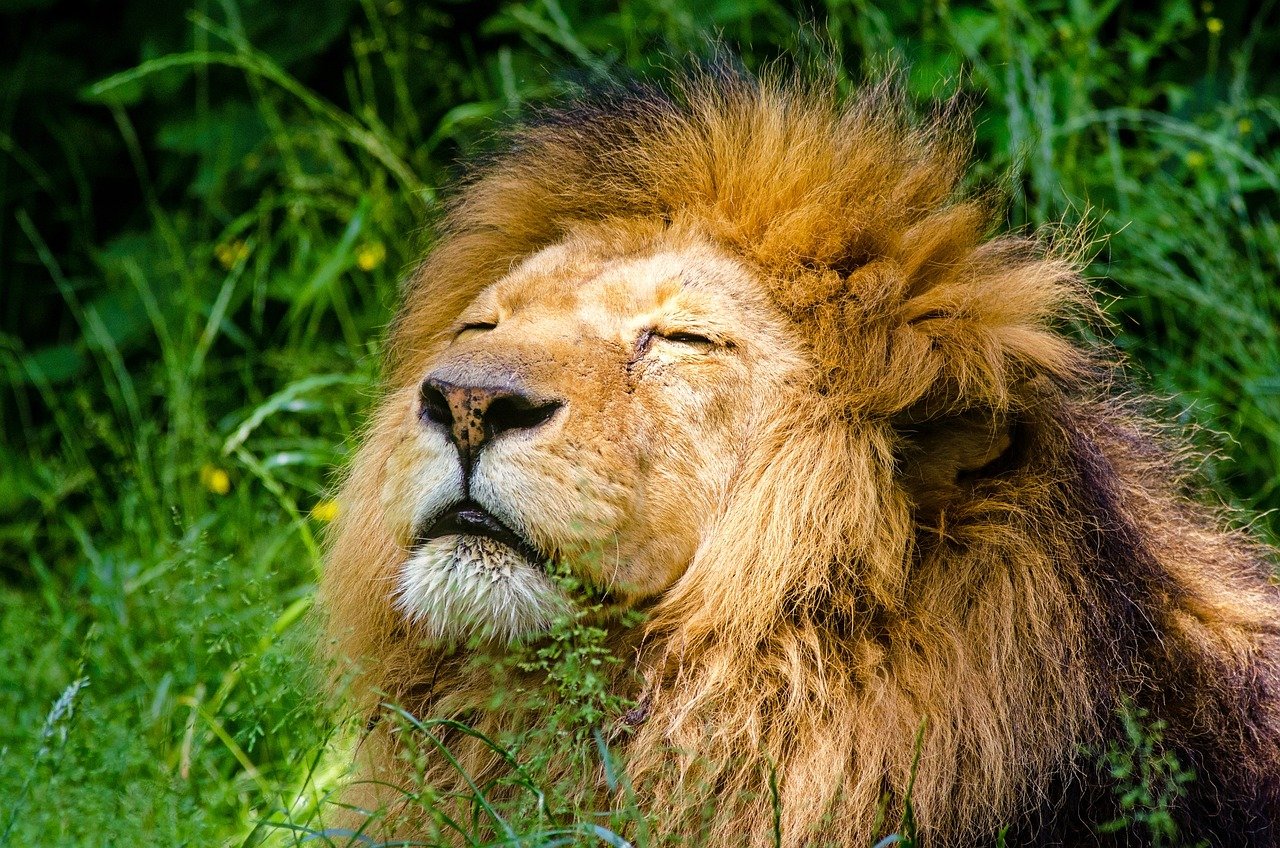
Education and awareness are essential components of big cat conservation. By informing the public about the threats facing these animals and the importance of their preservation, we can inspire action and support for conservation initiatives. Schools, media, and social platforms play a crucial role in spreading the message and fostering a culture of conservation.
Future Challenges in Big Cat Conservation
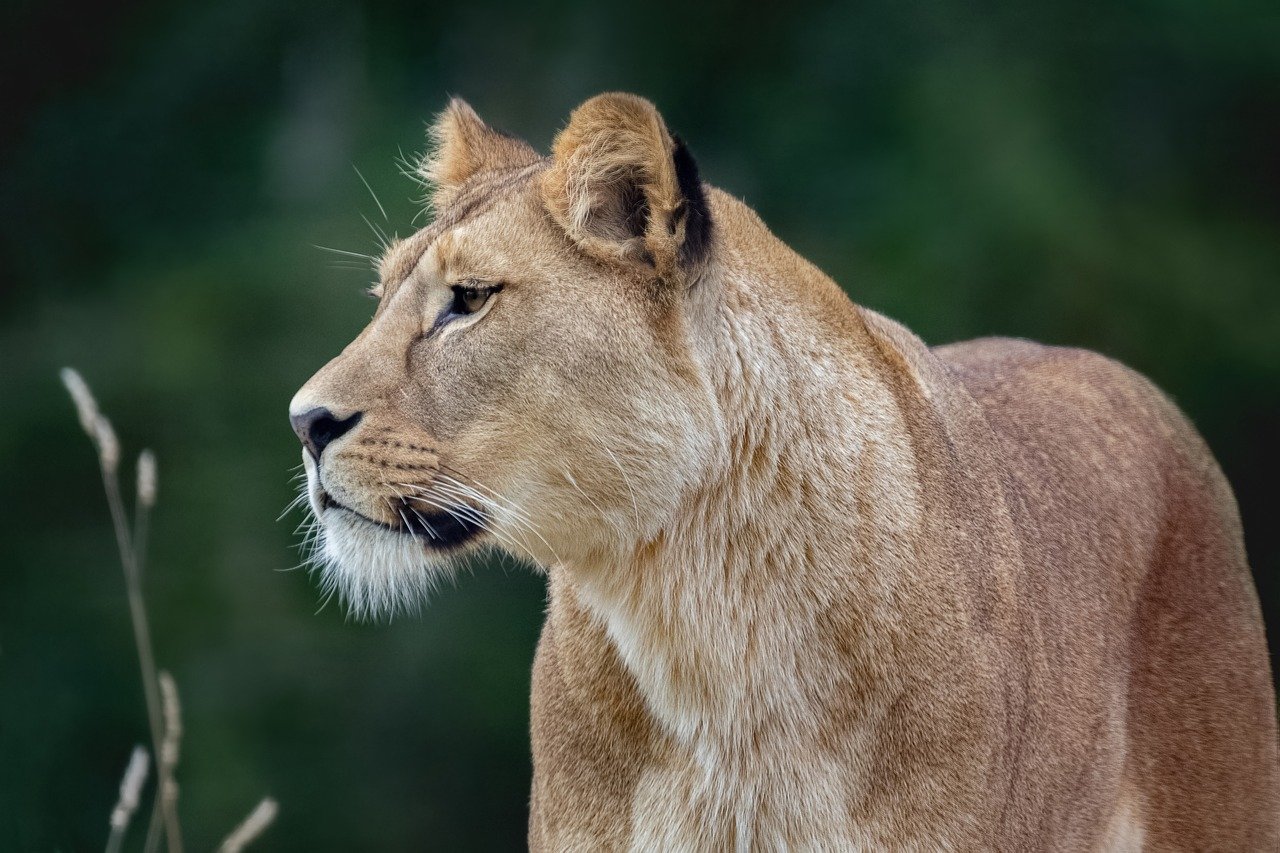
Big cat conservation faces numerous challenges, from climate change to habitat fragmentation. As human populations grow and expand, the pressure on big cat habitats will only increase. By anticipating and addressing these challenges, we can develop proactive strategies to safeguard the future of big cats. Continued research, innovation, and collaboration will be key to overcoming these obstacles.
The Importance of Genetic Diversity
Genetic diversity is crucial for the long-term survival of big cats, as it helps populations adapt to changing environments and resist disease. Conservation efforts must prioritize maintaining and enhancing genetic diversity through breeding programs and habitat connectivity. By ensuring that big cat populations remain genetically robust, we can increase their resilience in the face of adversity.
Engaging the Next Generation
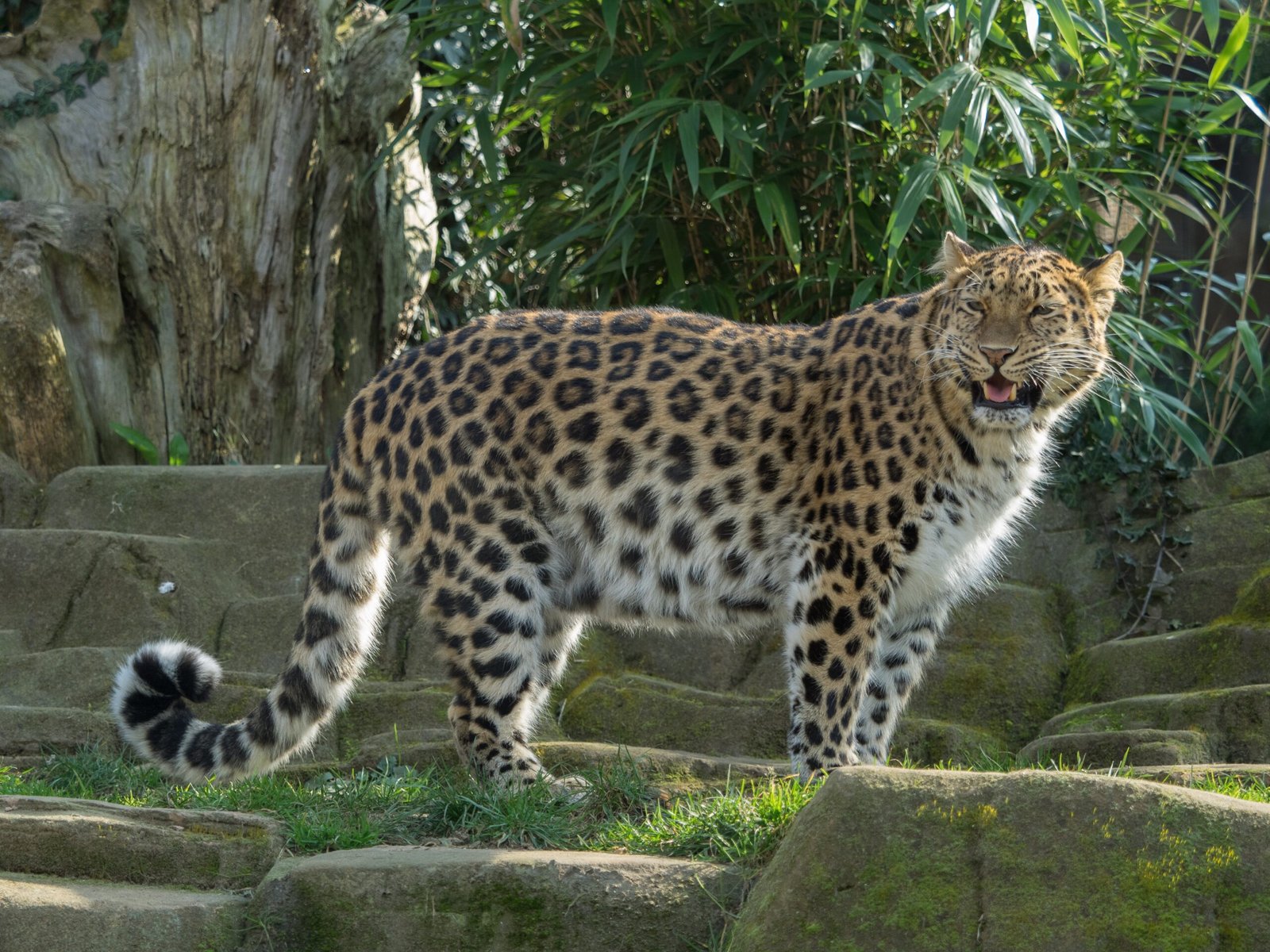
The next generation holds the key to the future of big cat conservation. By engaging young people in conservation initiatives, we can cultivate a sense of responsibility and passion for wildlife protection. Educational programs, youth clubs, and volunteer opportunities provide valuable experiences that inspire the next generation to become stewards of the natural world.
Conclusion
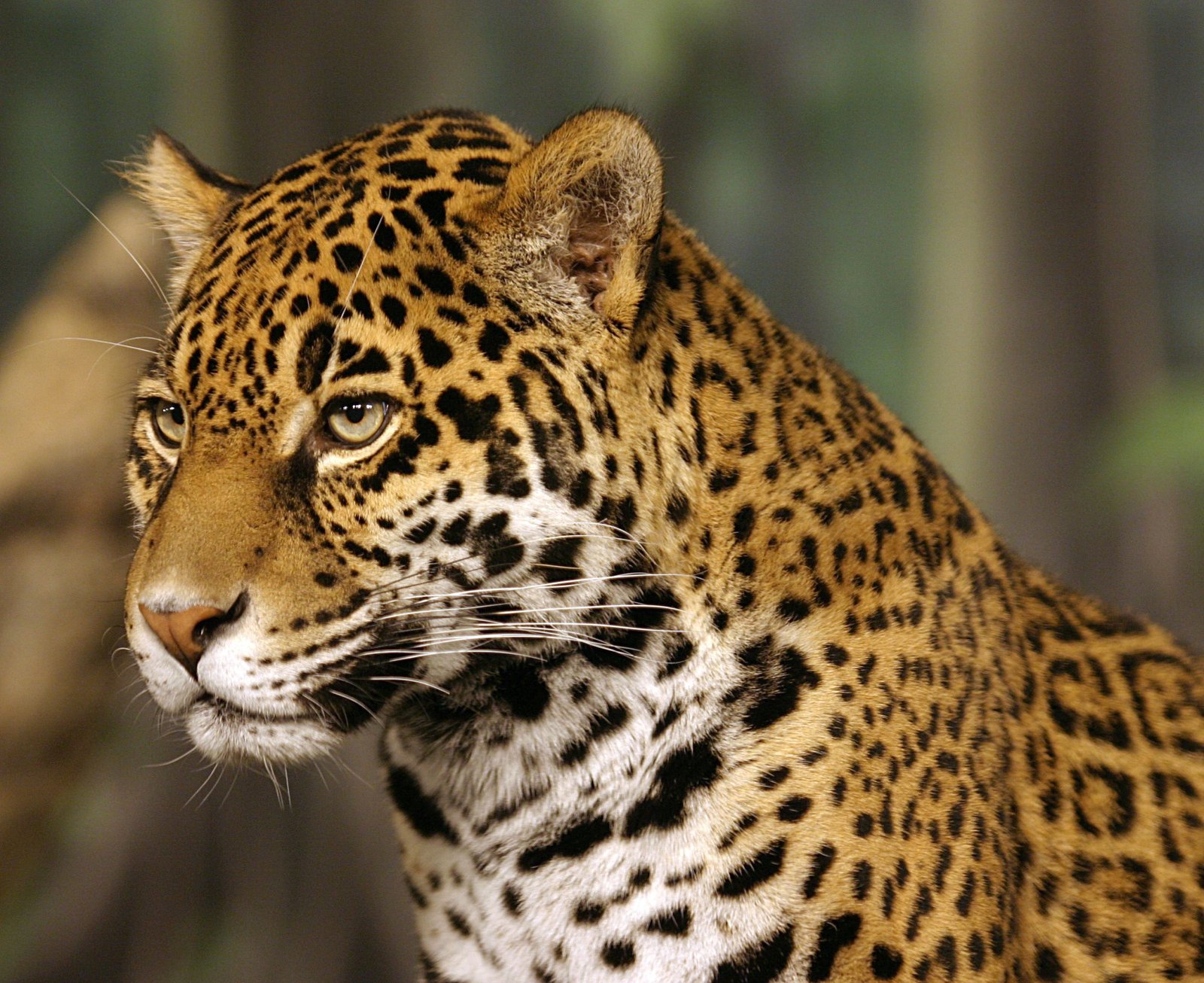
The plight of the world’s big cats is a sobering reminder of the impact of human activities on the natural world. However, through concerted efforts, collaboration, and innovation, we can ensure a future where these magnificent creatures continue to roam wild and free. The responsibility lies with each of us to take action, raise awareness, and support conservation initiatives. Together, we can make a difference in the fight to save big cats from the brink of extinction.
Hi, I’m Bola, a passionate writer and creative strategist with a knack for crafting compelling content that educates, inspires, and connects. Over the years, I’ve honed my skills across various writing fields, including content creation, copywriting, online course development, and video scriptwriting.
When I’m not at my desk, you’ll find me exploring new ideas, reading books, or brainstorming creative ways to solve challenges. I believe that words have the power to transform, and I’m here to help you leverage that power for success.
Thanks for stopping by, Keep coming to this website to checkout new articles form me. You’d always love it!






